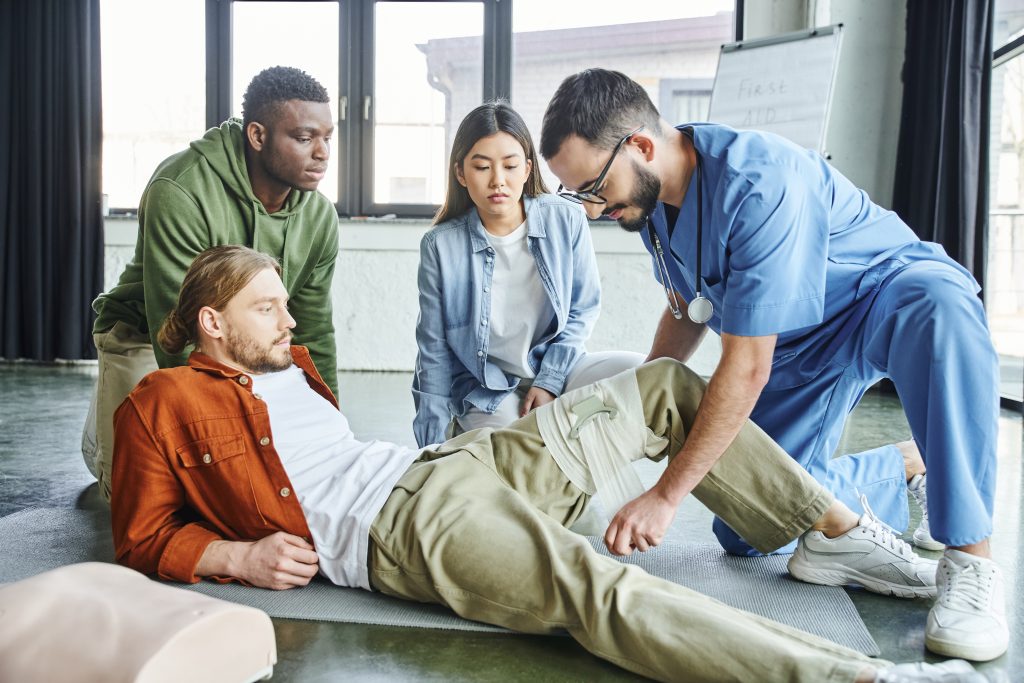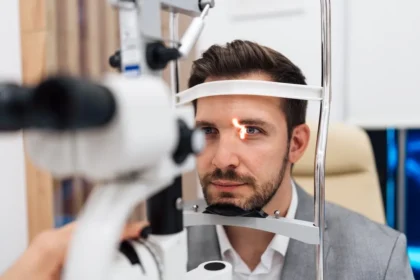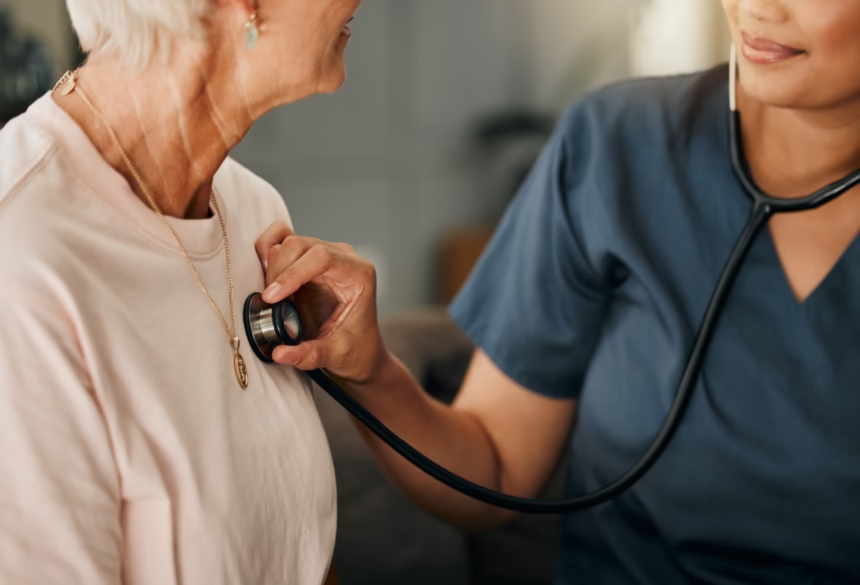Cardiopulmonary emergencies, such as heart attacks and strokes, can happen to anyone, anywhere. You don’t have to be a healthcare provider to perform cardiopulmonary resuscitation (CPR). The lifesaving skill allows you to assist a person experiencing an emergency, increasing the chances of survival. Here are a few reasons why cardiopulmonary resuscitation is a lifesaving skill everyone should know:
Buy Time for Emergency Help
Cardiac arrests and strokes require immediate attention to keep blood flowing to the brain and organs. When emergency medical teams arrive, they use a defibrillator or other equipment to facilitate circulation. Emergency help may take several minutes or even hours to arrive, especially if a cardiac arrest occurs in an underserved location.
Brain cells begin to die within minutes of the heart attack. Waiting for an emergency response team increases the chances of permanent damage. Learning how to perform CPR allows you to assist the individual’s heart in pumping oxygenated blood to the brain and body. Whether you’re a healthcare provider or bystander, learning this lifesaving skill allows you to buy time until professional medical teams arrive.
Immediate resuscitation prevents brain damage and increases survival rates, which could be the difference between life and death. You may obtain certifications such as Basic Life Support (BLS), Advanced Cardiac Life Support (ACLS), or Pediatric Advanced Life Support (PALS). These programs are designed for healthcare providers. You can also get Heartsaver First Aid courses for non-healthcare providers or instructor courses if you plan to teach others.
Learn At Your Convenience
Cardiopulmonary resuscitation courses like BLS, ACLS, and PALS are available online, so you can learn from anywhere. The courses usually take a day or two, after which you get a certification that authorizes you to perform CPR. Learning the technique empowers you to act quickly in emergencies, potentially saving the life of a loved one or a stranger.
Some students complete the online course and visit the in-person training facility for practical work and assessment. Other instructors offer group training sessions at a chosen location, which is ideal for families, employees, and other cohorts. Instructors can also provide in-home training, which is suitable for those with friends or family members at high risk of cardiopulmonary emergencies. Learning how to perform the technique correctly contributes to safer communities. You’ll be able to intervene as a bystander, reducing the chances of complications, permanent brain damage, organ failure, and death.
Teach Others the Lifesaving Skill
Learning how to perform cardiopulmonary resuscitation allows you to share the skills with others. If you have friends or family members with heart conditions, you can share lifesaving knowledge with other family members who serve as caregivers. Training others how to perform the technique requires certification as an instructor.
Instructor courses equip you with the skills to teach others and spread knowledge. These courses cover various programs, including BLS, ACLS, PALS, and Heartsaver First Aid. You may also teach others how to use an Automated External Defibrillator (AED) or other medical equipment.
About 73% of cardiac arrests that occur outside hospital settings happen at home. This means family members, friends, and bystanders are more likely to be the first people available to help. Obtaining instructor certification from AHA-certified programs allows you to help others learn how to save lives. Learning to perform resuscitation also enables you to demonstrate and practice your skills regularly, helping you remain up to date with current CPR guidelines.
Get Your CPR Certification Today
Performing an emergency cardiopulmonary resuscitation may be the difference between life and death. Certified instructors teach the technique, and certification typically takes only a few hours to complete. Contact a CPR training center today to find out more about their programs.










